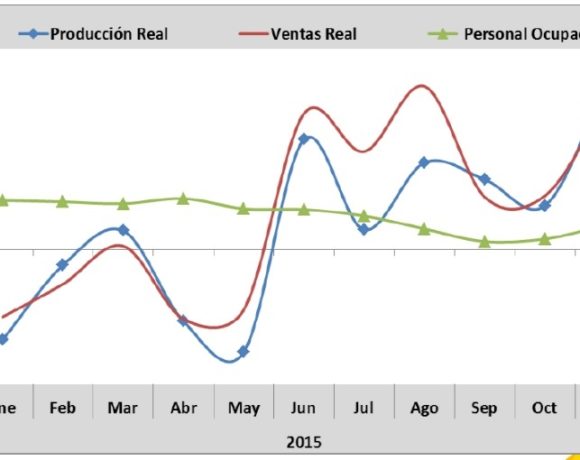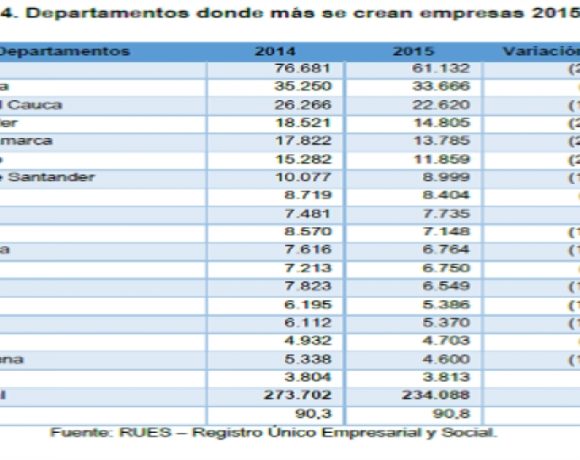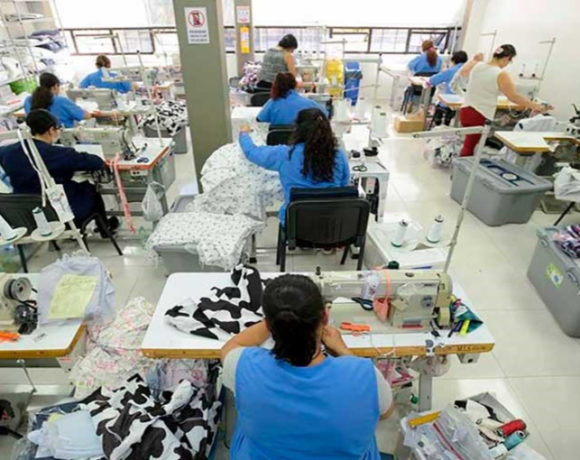Fitch Upgrades Colombia’s Debt Risk Rating to ‘Stable’

Thanks to the Colombian government’s recent tax reform law (see Medellin Herald on December 29, 2016), Wall Street bond rater Fitch has just decided to upgrade Colombia’s debt-risk outlook to “stable,” up from its former “negative” rating.
Reacting to the decision, Colombia’s Treasury Minister (Ministro de Hacienda) Mauricio Cardenas said that the Fitch rating will help attract more foreign investment and boost economic growth.
“Fitch, one of the most important rating agencies in the world, which evaluates all countries, has just made a decision of great importance for Colombia,” Cardenas said. The bond rater “maintained a ‘BBB’ rating and changed its perspective from ‘negative’ to ‘stable,’ which shows that the sacrifice of all Colombians with the tax reform is producing results and shows that we have a firm outlook for the Colombian economy,” he added.
“The outlook revision to ‘stable’ reflects the reduction in macroeconomic imbalances as a result of the sharp reduction in the current account deficit, diminished uncertainties surrounding Colombia’s fiscal consolidation path due to passage of tax reform measures in December 2016, and the expectation that inflation converges towards the central bank’s target,” according to Fitch.
“The disciplined policy response to increased pressures following the slump in commodity prices should help in keeping macroeconomic imbalances in check during the forecast period.
“In spite of expenditure containment and cuts, and generation of non-tax oil revenues, the complete loss of the central government’s oil income (3.2% of GDP between 2013-16), rising interest payments and expenditure rigidity resulted in a central government deficit of 4% of GDP in 2016, up from 3% in 2015.
“Fitch expects the government to meet its 3.3% of GDP target in 2017 due to the tax measures passed in 2016. The tax reform measures included an increase in the VAT [value-added tax] rates to 19% from 16% and an extension of the financial transaction tax that was previously due to begin to be phased out in 2019,” Fitch added.
However, despite the recent tax reform, “cost containment measures will likely prove key to meeting its fiscal deficit target over the medium term,” the bond rater explained.
Fitch added that Colombia’s debt risk is expected to “stabilize over the forecast period given the gradual pace of fiscal consolidation and some modest COP [Colombian peso] appreciation. However, debt is likely to remain well above the ‘BBB’ [risk rating] median over the forecast period. Deft liability management has improved currency, refinancing and interest rate risks,” according to Fitch.
Meanwhile, Colombia’s current-account balance is improving, having fallen to 4.4% of GDP in 2016 from 6.5% in 2015, the bond rater noted.
“Fitch expects further improvement in 2017 with the current account deficit falling to 3.6% of GDP in 2017 largely as a result of export growth,” according to the company.
“Despite the adjustment, Colombia’s gross and net external debt compares unfavorably to ‘BBB’ peers in terms of current external receipts (CXR) after the sharp drop in oil exports since 2014.
“Colombia’s external buffers remain adequate, as international reserves stand at nearly US$47 billion, or nearly nine months of current external payments. Furthermore, the IMF and Colombia have extended the US$11.5 billion Flexible Credit Line (25% of current international reserves) to reduce risks to increased financial volatility and the increased participation of non-residents in the local market,” Fitch added.
“Colombia’s track record under its inflation-targeting regime, exchange rate flexibility, and sound banking system have underpinned its capacity to absorb external shocks and maintain broad macroeconomic and financial stability.
“Annual inflation reached 5.7% in 2016 after peaking at 8.9% in July, after the central bank raised policy rates by a cumulative 300 basis points between September 2015 to August 2016. Fitch expects that monetary policy will remain focused on bringing down inflation to the target range of 3% (plus or minus 1%).
“Economic growth reached just 2% in 2016, down from 3.1% in 2015, reflecting tight monetary policy and weak export performance. Fitch expects growth to modestly pick-up to 2.3% on the back of higher exports and investment, including a ramp up of the 4G [highway] infrastructure program, as well as monetary easing, despite the drag from fiscal consolidation,” the bond rater concluded.
















